Molecularity of Reaction:
The number of atoms, ions or molecules that must collide with one another simultaneously so as to result into a chemical reaction is called the molecularity of the reaction. It is a theoretical concept and does not convey anything about the mechanism of the reaction. Molecularity of reaction can be 1, 2, 3, 4 but it can never be zero. Depending upon the molecularity, reactions can be classified as-
(1) Unimolecular Reaction- A reaction is said to be unimolecular if only one reactant molecule is involved in the reaction.
Example- Decomposition of Hydrogen peroxide, i.e.
| H2O2 ———-> H2O + (1/2) O2 |
(2) Bimolecular Reaction- A reaction is said to be bimolecular if two reactant molecules are involved. These two reactants can be similar in a reaction or different.
Example- (a) Reaction between H2 and I2, i.e.
| H2 + I2 ———-> 2HI |
(b) Decomposition of potassium chlorate, i.e.
| 2KClO3 ———-> 2KCl + 3O2 |
(3) Termolecular Reaction- A reaction involving only three reactant molecules is called a termolecular reaction.
Example- (a) Oxidation of nitric oxide, i.e.
| 2NO + O2 ———-> 2NO2 |
(b) Oxidation of sulphur dioxide, i.e.
| 2SO2 + O2 ———-> 2SO3 |
(4) Pesudomolecular Reaction- A reaction which appears of higher order but actually follows kinetics of low order is called a pesudomolecular reaction.
Example- Hydrolysis of esters, i.e.
| CH3COOC2H5 (Ethyl Acetate) + H2O ———-> CH3COOH (Acetic Acid) + C2H5OH (Ethanol) |
In this reaction, two reactants appear which suggests that the reaction should be of the IInd order but it actually follows the first order Kinetics as the concentration of H2O remains almost constant during the reaction.
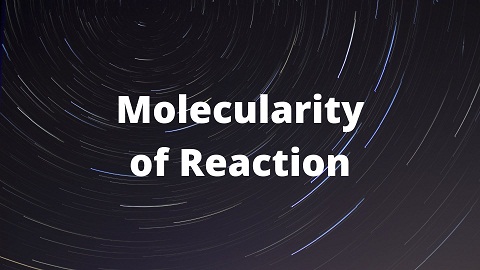

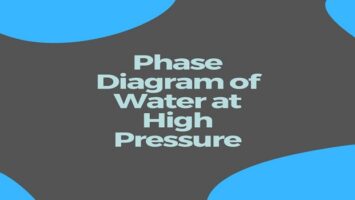

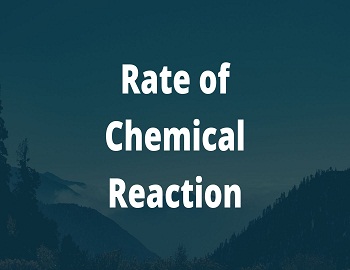
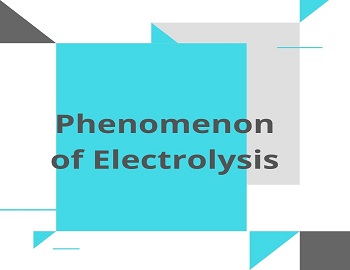
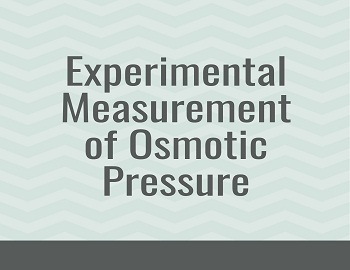
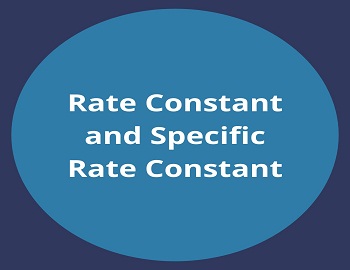
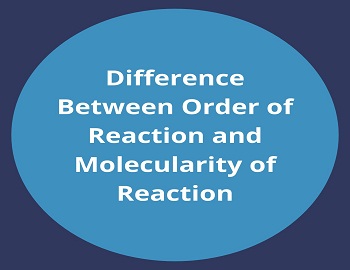
Comments (No)